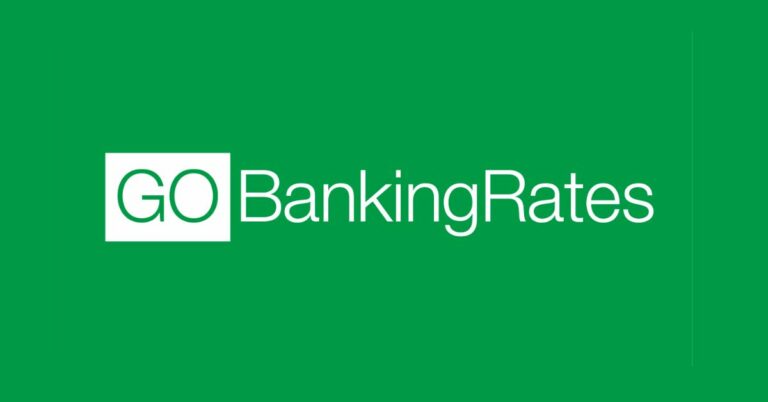The Average Household Spent Nearly $1,300 on These Hidden Costs This Year – How Can You Lower Them?

This article originally appeared on GOBankingRates.com
By Vance Cariaga
Keeping up with the bills you know about is challenging enough for most consumers, and trying to keep track of hidden costs you might need to be aware of. But hidden costs can add up in a hurry. According to one recent study, the average U.S. household spends nearly $1,300 a year in hidden costs.
That study was conducted by bill-pay service doxo and released earlier this month. It found that hidden costs associated with paying bills amount to about $167 billion annually in the United States, which averages out to $1,268 per household.
Staying on top of these bills is the “single largest determinant for consumer financial health,” according to a Dec. 7 press release announcing doxo’s Hidden Costs of Bill Pay Report – 2023.
Figures in this year’s report are up 29% from a year ago when the average annual hidden cost per household was $986. Much of the gain was due to fees associated with credit. The rise in hidden costs occurs when many consumers are already hampered by high inflation and rising interest rates.
“In today’s uncertain economic climate, it’s never been more critical for American consumers to be aware of the hidden fees associated with their household bills,” Liz Powell, senior director of INSIGHTS at doxo, said. “The reality is that while many Americans are paying the price, these hidden costs are easily avoidable expenses.”
Doxo’s analysis of consumer survey and statistical data found that these were the main hidden costs being paid by U.S. households in 2023:
- Identity fraud ($67 a month on average): This figure was up from $54 last year and includes only the direct costs of identity fraud. It does not include the “time and expense” consumers spend to restore and repair their identity records once compromised.
- Overdraft fees ($75 a month): Banks charged consumers more than $10 billion in overdraft fees this year, or about $75 per household, which was actually down from $119 in 2022.
- Late fees ($181 a month): Nearly one-third (31%) of U.S. households reported incurring one or more late fees this year. The 2023 figure is up from $155 last year.
- Additional costs of credit ($945 a month): This is far and away the most expensive hidden cost households face. These costs come into play when you don’t stay current on your loans, credit cards and other types of debt, which can hurt your credit score. Doxo’s analysis found that staying ahead on payments and improving a credit score by 35 points can save the average household $945 a year in interest expense. The average U.S. household carries over $100,000 in revolving debt between mortgages, auto loans, credit cards and other sources, so improving your credit and qualifying for lower interest rates “significantly reduces” expenses.
Doxo’s research also found that consumers are “increasingly concerned” about the variety of ways they get stuck with expenses when managing and paying their bills. Among the highlights:
- 86% or respondents are concerned about having payment account information stolen.
- 85% are concerned about bill pay impacts on their credit score.
- 84% worry about identity fraud when managing online accounts.
- 69% worry about incurring late fees and penalties.
- 58% are anxious about overdrafts to their bank account when paying bills.
Raising your credit score can go a long way toward reducing hidden costs tied to high-interest rates and related expenses. The best way to do that is to make a habit of paying debts on time and paying off your credit card in full each month.
